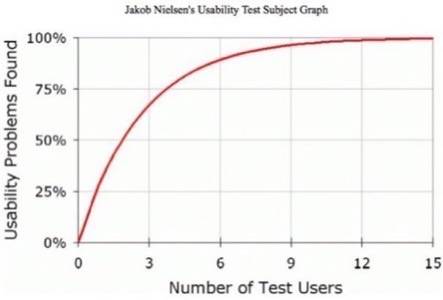If there’s one thing that social software can never get enough of, it’s usability testing. Good old WordPress has the advantage of a global community of super loyal fans to tap for testing, and this morning that’s just what the company announced it is going to do. WordPress usability testing is being opened up to the community of users.

It’s worth noting that WordPress isn’t just any chunk of software: it played a formative role in the early days by giving millions of people a voice online. It’s still one of the best examples of an open source ecosystem which has been made infinitely more rich for users by involvement of outside developers than the company could have created by itself. And it’s a system used by some of the biggest publishing firms in the world at a time when the publishing industry is undergoing one of its biggest periods of change ever. CNN, Time, the New York Times and millions upon millions of bloggers are all using WordPress. Helping test the next version of this software is a pretty big deal.
Representatives of WordPress’s parent company, Automattic, say usability testing of previous versions of its software has proven invaluable but have been limited primarily to San Fransisco and New York. Now, company representatives have put out a call for professional session moderators and eager test subjects from anywhere in the world. That means you could potentially help make future versions of WordPress even better.
WordPress interface and experience designer, Jane Wells, wrote about opening the testing process this morning and said that she’s spent years responding to people who reference a nine year old article by usability guru Jakob Nielsen. Nielsen argued that usability tests only needed 5 participants in order to be effective:
“As you add more and more users, you learn less and less because you will keep seeing the same things again and again. There is no real need to keep observing the same thing multiple times, and you will be very motivated to go back to the drawing board and redesign the site to eliminate the usability problems.
After the fifth user, you are wasting your time by observing the same findings repeatedly but not learning much new.”

Wells writes in response that, “While I’ve found that to be generally true, when your user base is as diverse in experience level, usage, platform configuration, language (right to left languages have a pretty different experience) and demography as the WordPress community is, 5 users really isn’t enough to get a clear picture.”
If you’d like to participate in this usability testing, professional usability test moderators are encouraged to contact Wells and eager guinea pigs are told to watch this space.

















